Can you see Pluto with a telescope?
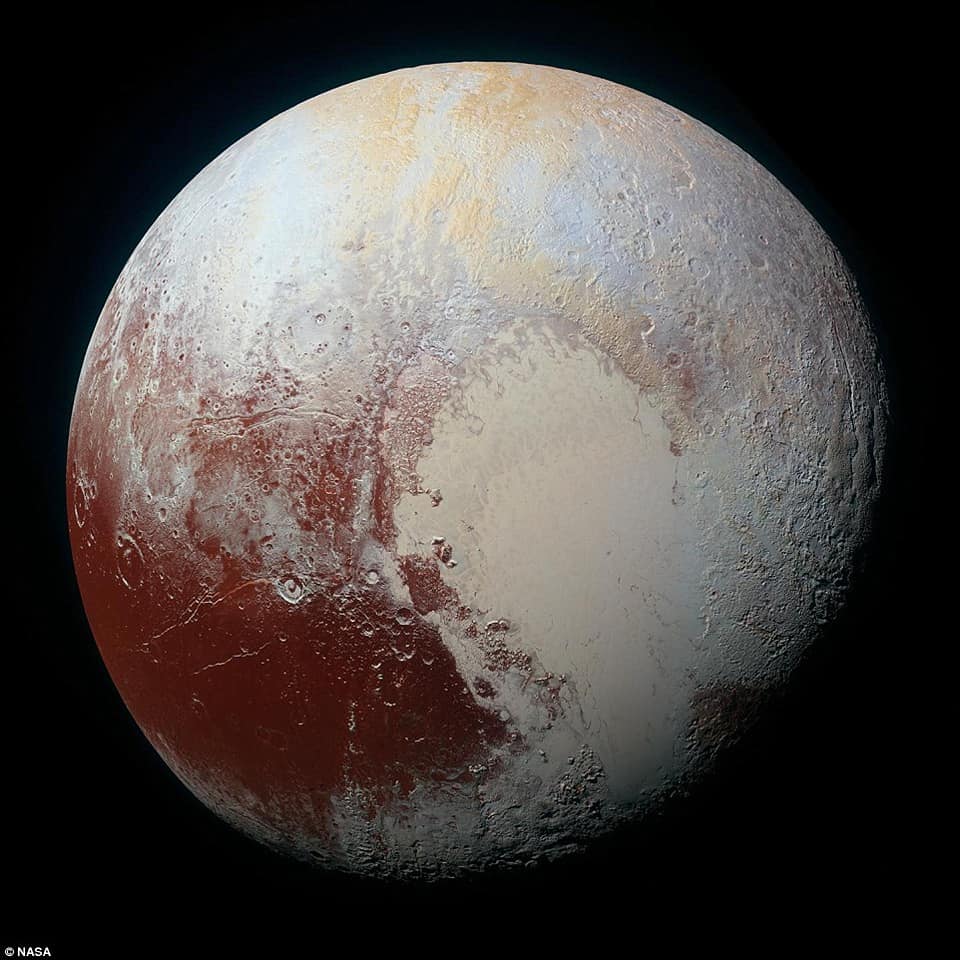
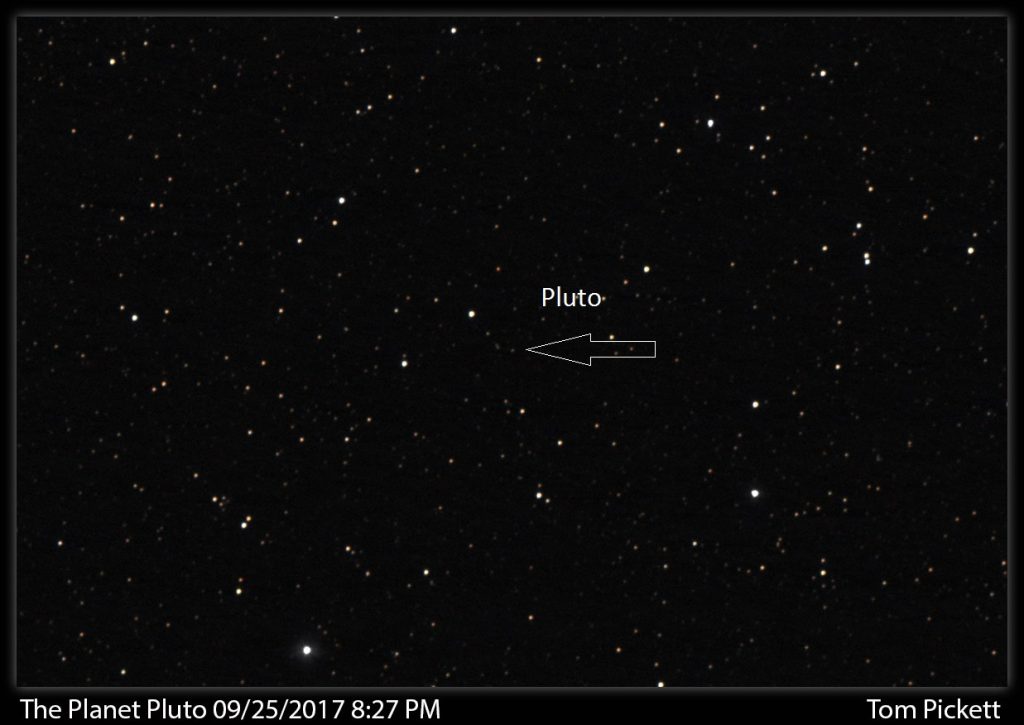
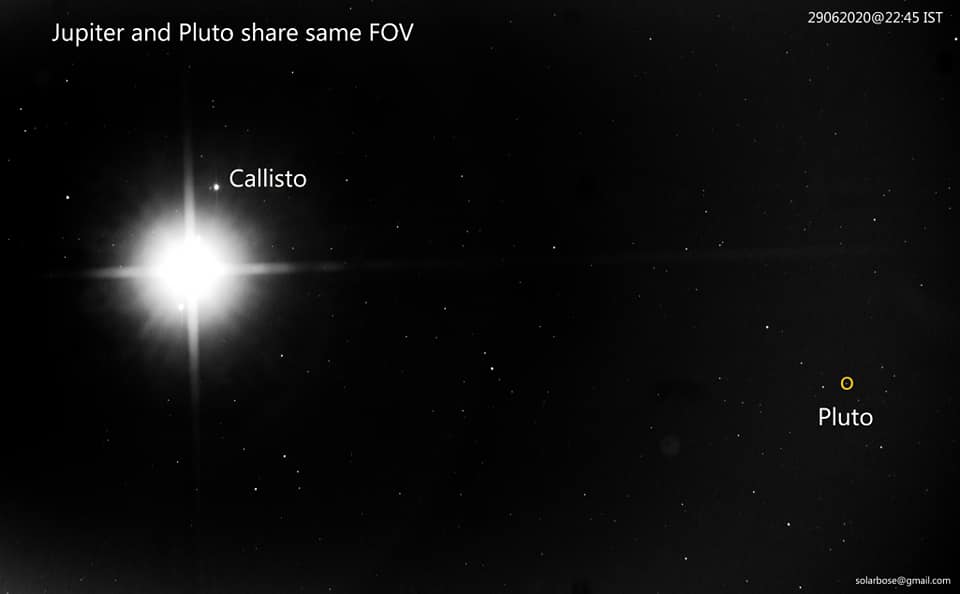
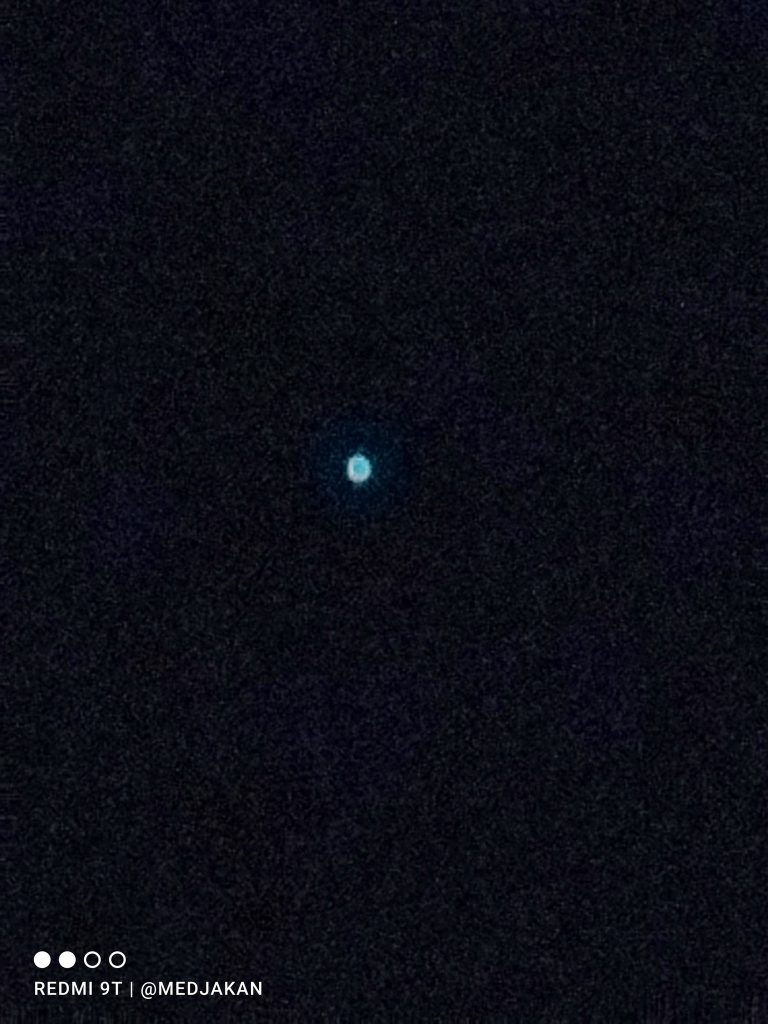
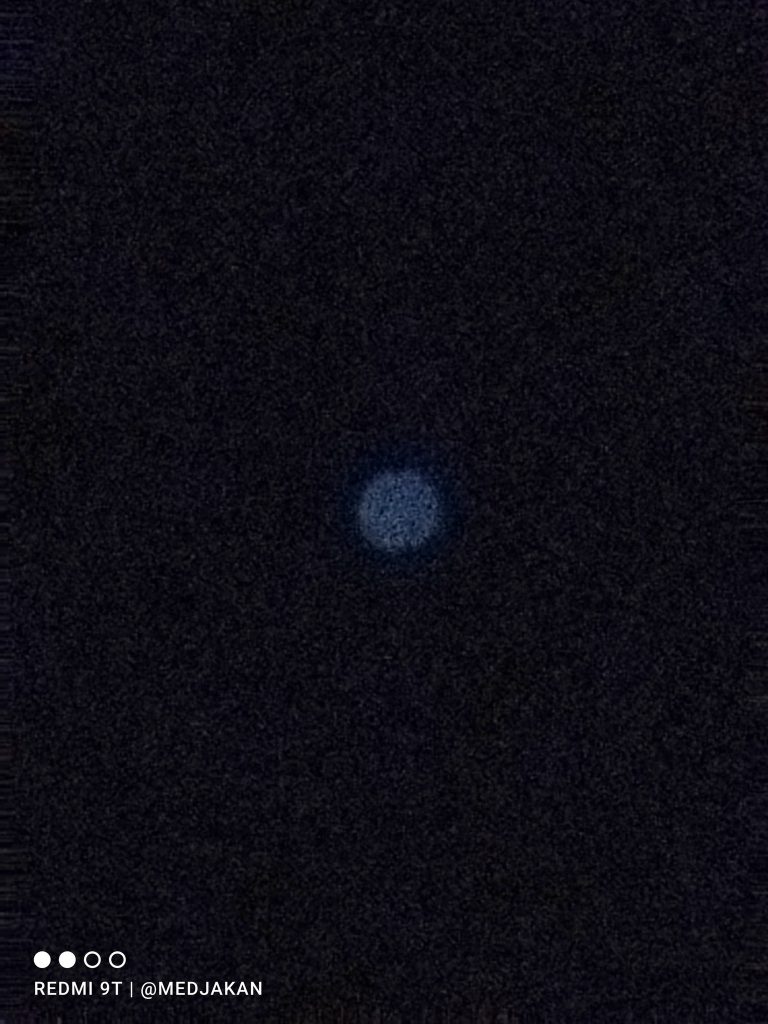

Pluto is possible to view through a telescope but the planet’s dimness and distance makes viewing challenging. A telescope is required, and larger aperture helps. A 6″ or 8″ instrument is theoretically strong enough to glimpse Pluto under dark skies, yet you can see Pluto more sharply at an aperture of 10″. An 11-inch scope will reveal Pluto conspicuously provided the sky is extremely dark. Dark skies and a moonless night are optimal conditions for viewing the dwarf planet.

Can you see Pluto with a telescope?
You can see Pluto with a telescope. Pluto is so dim that you need a telescope to see it. Because the dwarf planet never exceeds 14th magnitude today, it appears as a star-like point through even a large aperture instrument. The object itself is under 0.1 arc seconds across, so no telescope can resolve Pluto’s disk. It appears as a barely-there speck.
Detection of the dwarf planet demands more than just a telescope. Light pollution affects Pluto’s visibility greatly on account of its dimness. Very dark skies are required to view the planet. Backyard telescopes as small as 10.16 to 12.7 centimeters in aperture were sufficient when Pluto was at perihelion, but in suburban Bortle 5-6 skies you will want at least a 20.32-centimeter scope, and a 35.56 to 40.64-centimeter telescope is needed for a confident sighting. Optimal viewing conditions for Pluto include excellent atmospheric seeing and a moonless night.
Although the bright detail is impossible visually, several observations starting in the mid-1990s with 8-inch-class telescopes let Lowell’s Marc Buie create the first albedo maps. If you have matched aperture, darkness, timing and 200x magnification, you will be able to spot Pluto using your own telescope.

What are the best telescopes to view Pluto?
The best telescopes for viewing Pluto are reflector or refractor telescopes with an aperture of at least 8-10 inches (20-25 cm). A 10” telescope can show Pluto conspicuously under dark (Bortle 3 or better) skies. An 11‑inch scope will reveal Pluto and a 12” Dobsonian easily shows Pluto under Bortle 4-5 skies. Larger aperture telescopes offer better resolution and light-gathering capabilities, so an 11-inch or larger aperture increases the chances of spotting Pluto.
The Sky-Watcher SkyMax 180 Pro Maksutov, the Celestron Astro Fi 5 Schmidt-Cassegrain Wi-Fi system, and the Orion SpaceProbe 130ST Equatorial Reflector Telescope are among the best telescopes for seeing Pluto.
Optimal viewing conditions for Pluto include observations conducted around the time of opposition, a moonless night, and excellent atmospheric seeing.


